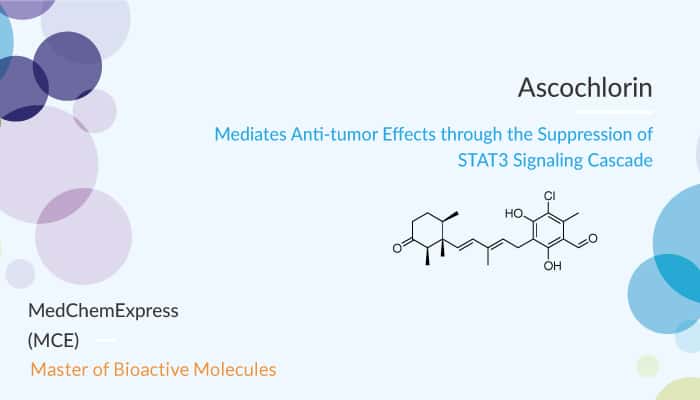Signal transducer and activator of transcription (STAT) protein is a family of cytoplasmic protein. STAT pathway is connected upstream with Janus kinases (JAK) family protein and capable of integrating inputs from different signaling pathways. The transcription factors of this family dysregulation of this pathway are present in primary tumours and leads to increased angiogenesis, enhanced survival of tumours and immunosuppression. STAT can regulate many aspects of growth, survival and differentiation in cells. Gene knockout studies indicates that STAT proteins play a role in maintaining immune tolerance and tumour surveillance.
 STAT3 is a member of the STAT protein family. In response to cytokines and growth factors, STAT3 is phosphorylated by receptor-associated Janus kinases (JAK). Additionally, activation of STAT3 may occur via phosphorylation of serine 727 by Mitogen-activated protein kinases (MAPK) and through c-src non-receptor tyrosine kinase. STAT3 mediates the expression of a variety of genes in response to cell stimuli, and thus plays a key role in many cellular processes such as cell growth and apoptosis. In addition, STAT3 is essential for the differentiation of the TH17 helper T cells.
STAT3 is a member of the STAT protein family. In response to cytokines and growth factors, STAT3 is phosphorylated by receptor-associated Janus kinases (JAK). Additionally, activation of STAT3 may occur via phosphorylation of serine 727 by Mitogen-activated protein kinases (MAPK) and through c-src non-receptor tyrosine kinase. STAT3 mediates the expression of a variety of genes in response to cell stimuli, and thus plays a key role in many cellular processes such as cell growth and apoptosis. In addition, STAT3 is essential for the differentiation of the TH17 helper T cells.
Ascochlorin, an isoprenoid antibiotic, is an antiviral and antitumor agent that has diverse effects on mammalian cells. Importantly, Ascochlorin mediates its anti-tumor effects predominantly through the suppression of STAT3 signaling cascade. Ascochlorin also binds and inhibits the mitochondrial cytochrome bc1 complex, blocking reduction of cytochrome b by ubiquinone. In addition, ascochlorin has the ability to suppress the nuclear subscription enzyme protein-1, a nuclear transcription factor activator, which leads to suppression of the extra-cellular enzyme, matrix metalloproteinase-9 (MMP9). Ascochlorin is also effective against Mx-1, an estrogen lacking breast cancer cell line.
All in all, Ascochlorin is an isoprenoid antibiotic that exhibits antiviral and antitumor activities.
Reference:
Harhous Z, et, al. Front Cardiovasc Med. 2019 Oct 25;6:150.